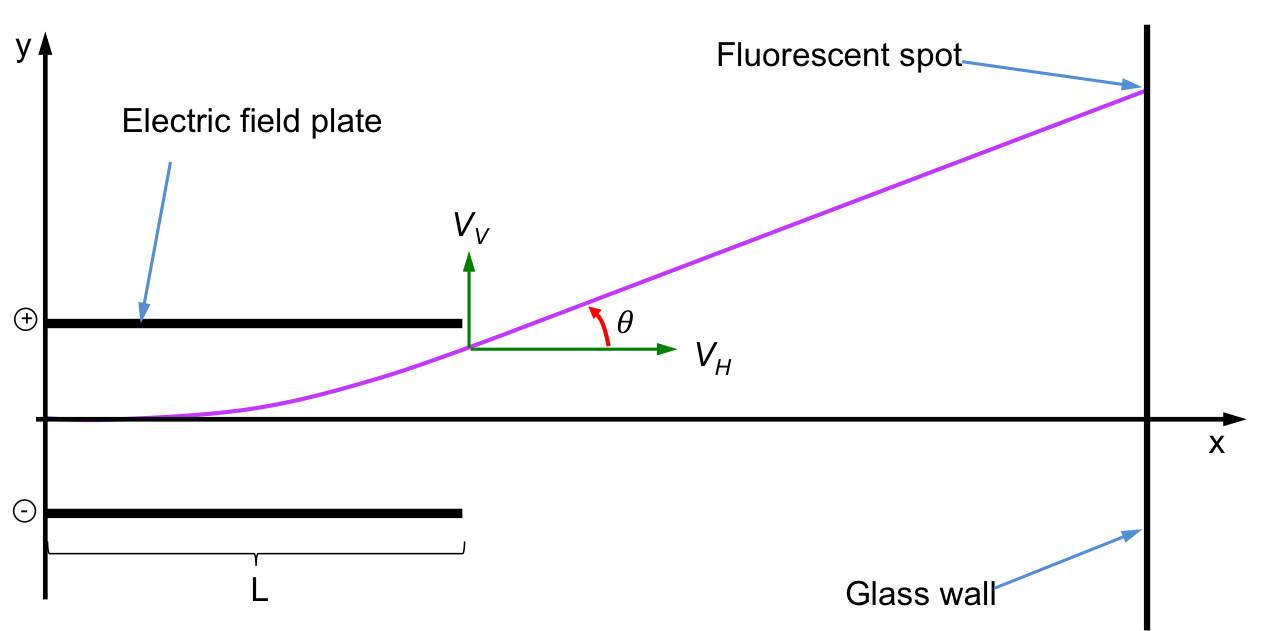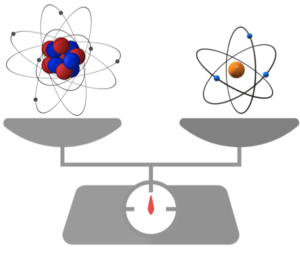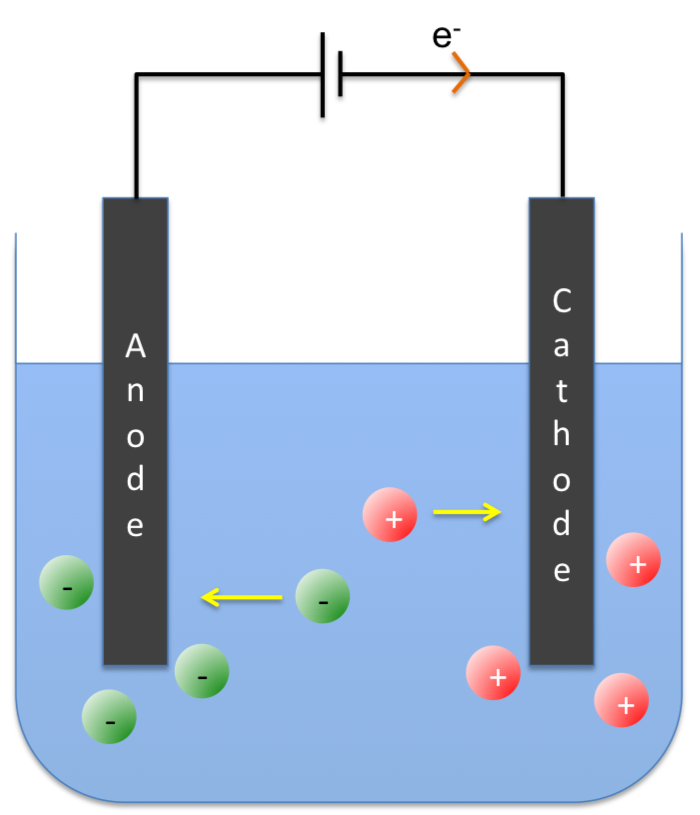Millikan’s oil drop experiment consists of a few tasks.
For a start, the power supply to the plates is cut off (V = 0). The oil-droplets falling between the plates accelerate due to the effect of gravitational force and then continue downwards at terminal velocity as they encounter increasing air resistance. The three forces acting on an oil droplet are:
| Gravitational force,
Fg |
The force of attraction between the mass of the earth and that of the oil droplet. |
| Upthrust (buoyant),
Fu |
The force exerted by a liquid or a gas on a body when the body displaces some weight of the liquid or gas. It is due to the pressure difference between the top and bottom of the object (as a result of the collision of liquid or gas molecules with the body from the top and bottom) and equal to the weight of the liquid or gas displaced. |
| Drag (viscous),
Fd |
The force caused by relative motion (friction) between an object and a liquid or gas. It is proportional to the velocity of the object, the radius of the object and the viscosity of the liquid or gas. |

At terminal velocity,
The oil droplet is assumed to be spherical. So, Fg, the weight of the oil droplet, is:
where m, ρ and r are the mass, density and radius of the oil droplet, respectively.
The equation of the drag force acting on the oil droplet can be expressed using Stokes’ law:
where v1, is the terminal velocity of the falling oil droplet and η is the viscosity of air.
Through the microscope, Millikan recorded the distance travelled by the falling oil droplet over a period of time and calculated the terminal velocity v1.

For a perfectly spherical oil droplet the upthrust acting on it is:
where ρair is the density of the air.
Substituting eq2, eq3 and eq4 in eq1 yields











